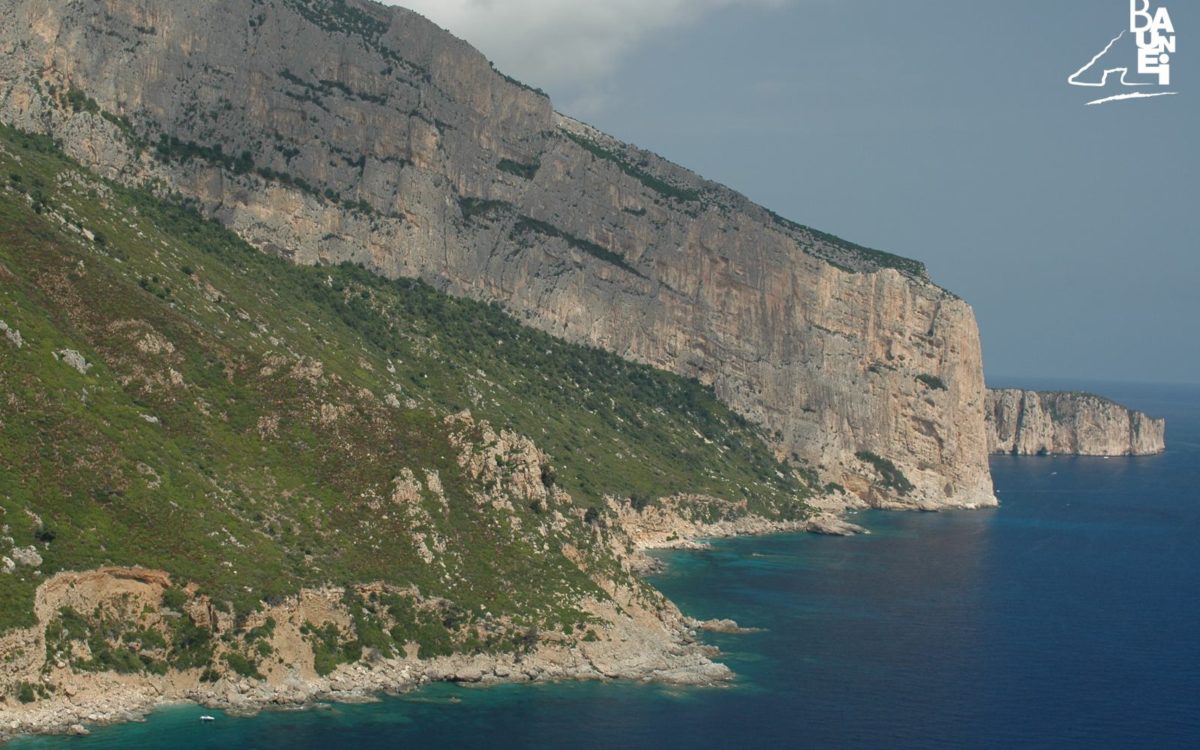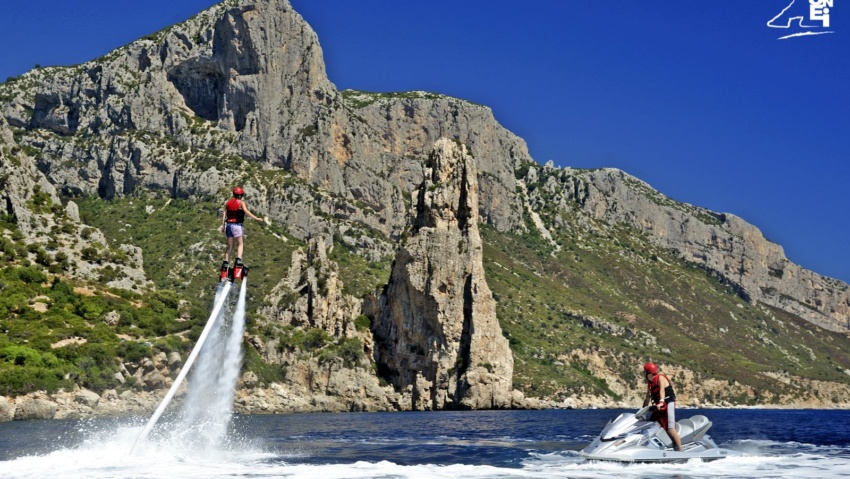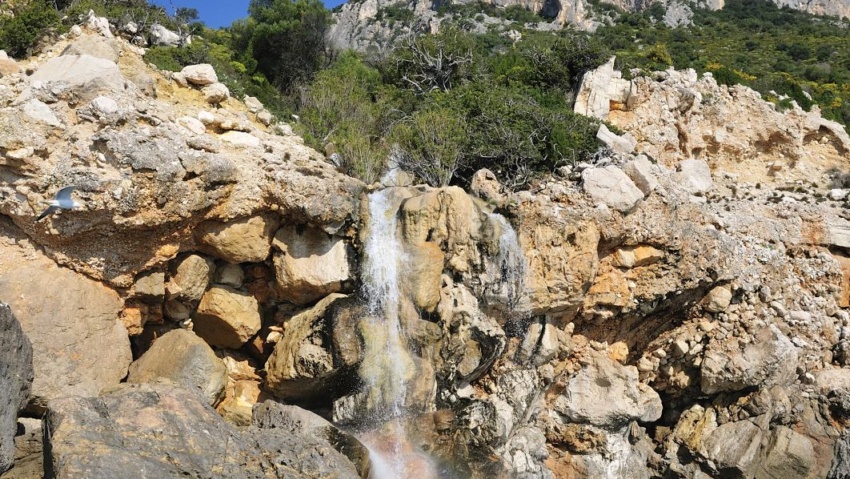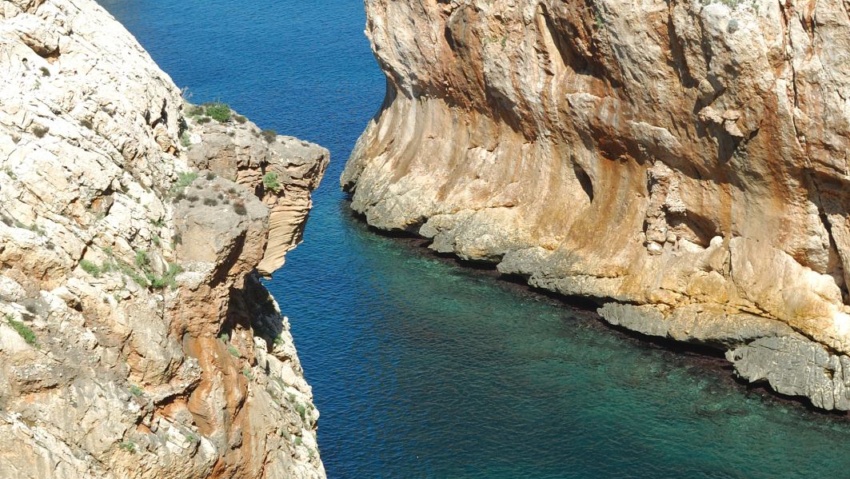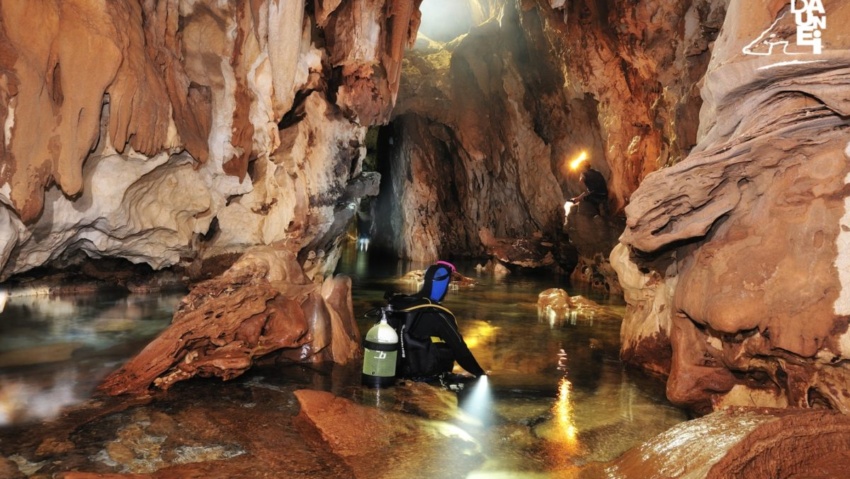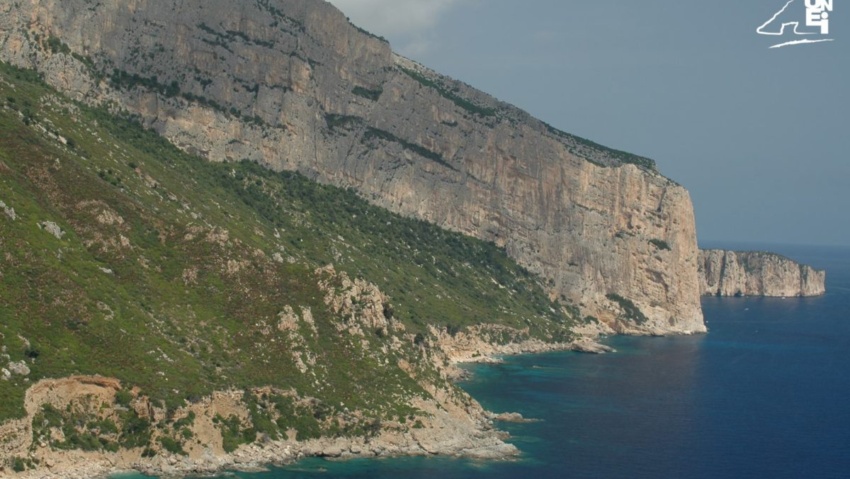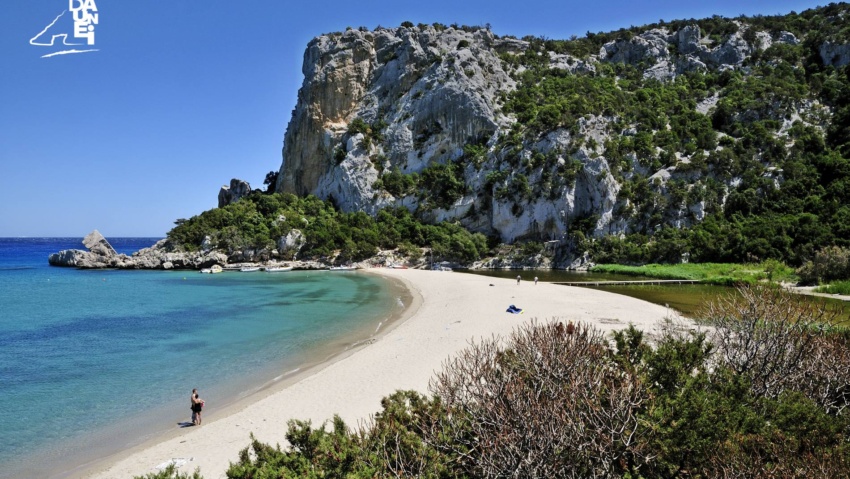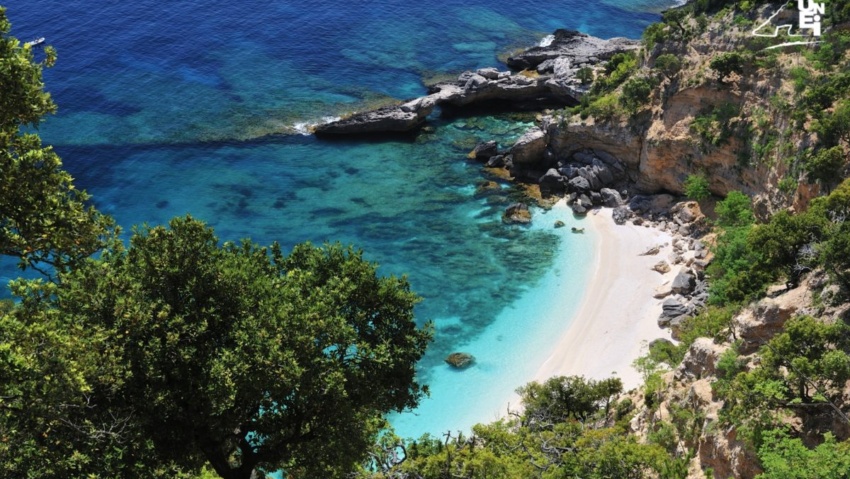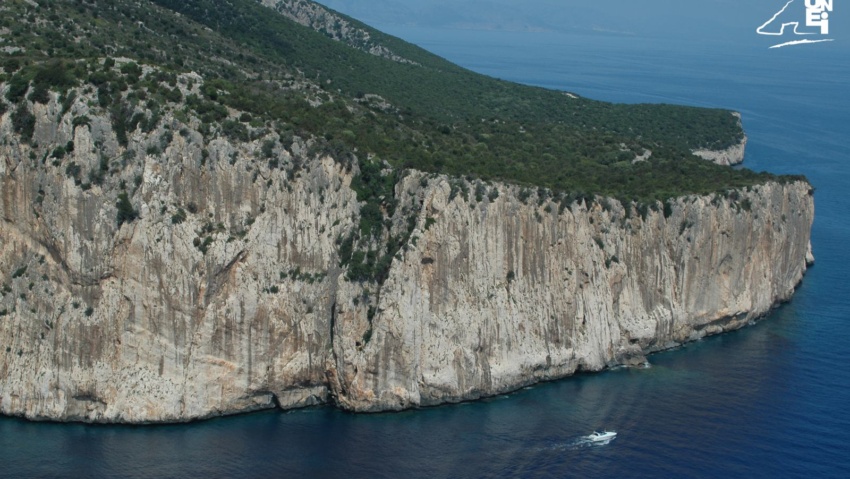The ancient “Montes Insani”
The difficulties of sailing near the cliffs of Capo Monte Santu have been known since ancient times and many historians identify this stretch of the eastern coast with the “Insani Montes” cited by many authors, especially in relation to tragic shipwrecks. In Latin, “Insanus” means “crazy”, but also “huge”, and when referred to natural phenomena, “tempestuous or stormy”. Livy, for example, reports that in 202 BC (at the time of the Second Punic War) a fleet of 50 quinqueremes ships, en route to Africa under the command of Tiberius Claudius Nero console, after having passed the Island of Elba and Corsica, was almost completely destroyed by a terrible storm while it sailed along the eastern coast of Sardinia near the “Insanos Montes”. The few ships that survived the terrible storm, according to Livy, had to flee to the distant port of Karales, now known as Cagliari. Another disastrous shipwreck involving Roman ships in the vicinity of “Montes Insani”, which occurred in 397 AD, nearly six hundred years after the one reported by Livy, is mentioned by the writer Claudian in his poem “De Bello Gildonico” (398 AD), in which he describes the military expedition of general Stilicho against the king of Mauritania Gildone. Claudian narrates that the fleet led by Stilicho, having reached the “Montes Insani”, was forced to separate due to a storm. Some of the ships found refuge in the north, in the port of Olbia, while the others, writes Claudian, fled to Sulci (perhaps the “Sulpicius Portus” mentioned by Ptolemy, that many authors place where modern day Arbatax now lies). The presence of numerous Roman shipwrecks reported by divers along the eastern coast of Sardinia proves that shipwrecks along this stretch of coastline were not uncommon. The reason is because, in imperial times, grain-transporting ships that sailed from Ostia to Carthage would pass by eastern coast ports on the return journey, one of which may have been the “Sulpicius portus”. An interesting Roman shipwreck dated to the first century AD rests on the seafloor of Capo Bellavista (Arbatax); found in 1954, more than 400 kg of tin, iron and copper ingots have been retrieved from it. Some scholars believe that the “Insanos Montes” are not the cliffs found between Baunei and Dorgali: according to this interpretation, the name “Montes Insani” refers to a vast mountain system that includes mountains on the eastern coast at Gennargentu up to the Marghine massif at the centre of the island.
